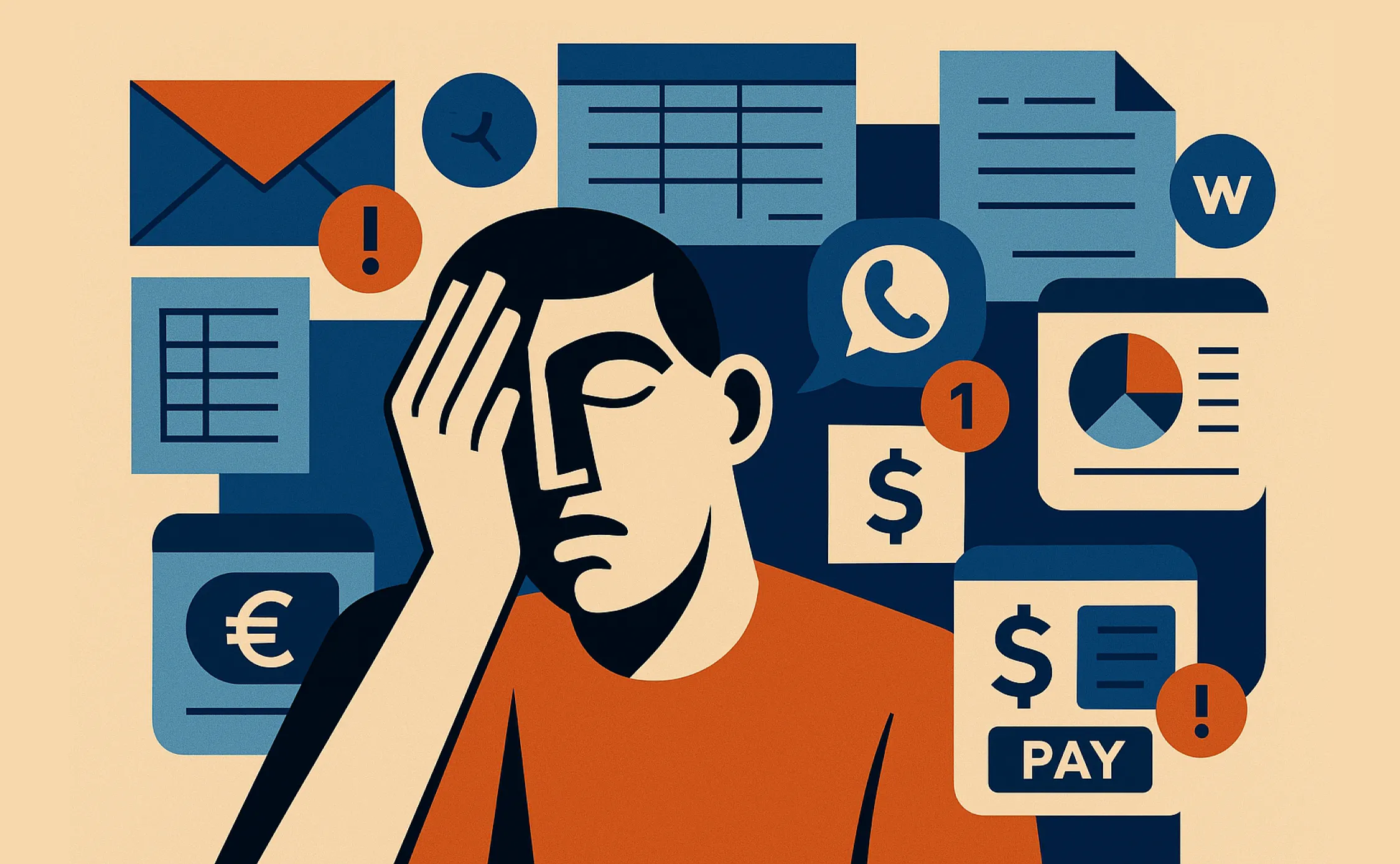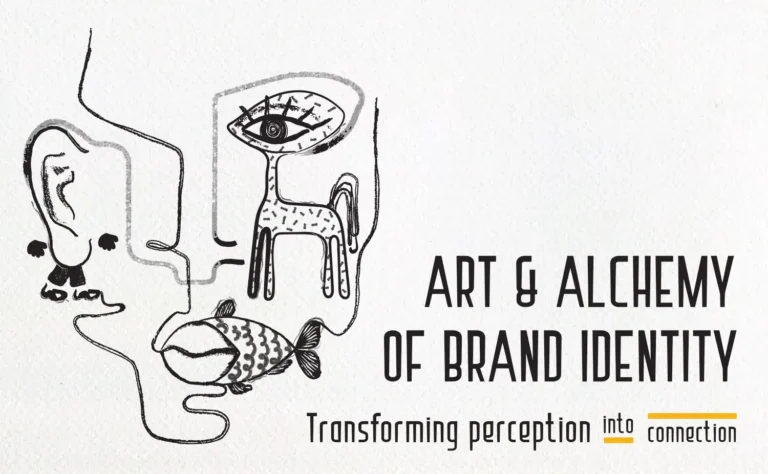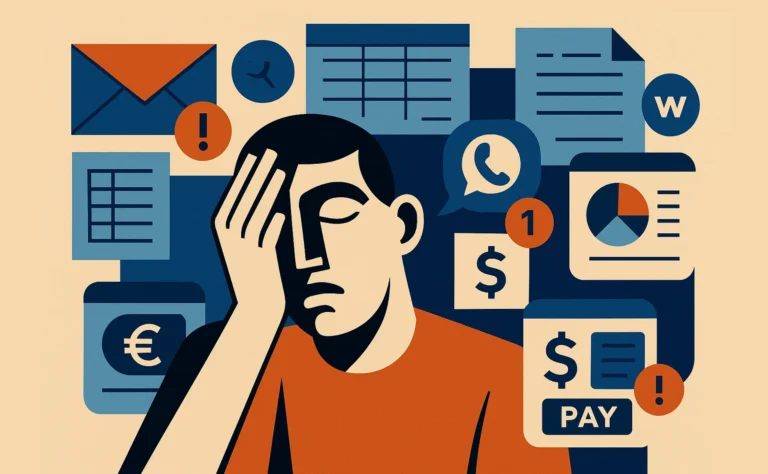How Juggling Multiple Systems is Undermining Travel Businesses in an Era of Record Growth
The headlines are celebratory: the global travel industry is soaring, with the World Travel & Tourism Council (WTTC) projecting a record $11.1 trillion economic contribution in 2024 [1]. For the small and mid-sized tour operators and Destination Management Companies (DMCs) who form the backbone of this industry, this boom should be a golden opportunity.
Yet, for many owners, this growth feels less like an opportunity and more like a pressure cooker. Why? Because beneath the surface of record demand lies a hidden operational crisis powered by a “Silent Tax” – the massive, unseen drain on time, profit, and sanity caused by fragmented, manual systems.
This isn’t a tax paid in dollars to a government, but in lost hours, missed bookings, and eroded margins. It’s the cost of using a dozen different tools to do the job of one cohesive platform.
The 8-Tool Shuffle: A Day in the Life of Fragmentation

If you run a travel business with a team of 1-15 people, this routine will be painfully familiar. The journey of a single booking enquiry often looks like this:
- Email Inbox: The initial enquiry lands.
- Excel/Sheets: You toggle to a spreadsheet for pricing and costing.
- Word/Docs: You open a document to start drafting the itinerary.
- WhatsApp/Text: You message a vendor to check availability.
- PDF Reader: You convert the document to send a “final” proposal to the client.
- A Separate CRM (maybe): You log the lead details, if you have the time.
- Accounting Software: Once booked, you create an invoice.
- Banking App: You track the payment.
This “8-Tool Shuffle” isn’t just inefficient; it’s a constant exercise in cognitive load and context-switching. It fractures focus and turns a creative, service-oriented job into a relentless administrative grind. This fragmentation is systemic; a recent global survey by Sabre found that a staggering 91% of travel agencies operate with four or more booking systems, and over half manage seven or more [2].
Quantifying the "Tax": The Real Cost of Manual Work
This fragmentation imposes three tangible costs that strangle profitability and growth.
1. The Time Tax
The most immediate cost is time. Manually re-entering the same client data across multiple platforms is not a skilled task; it’s wasteful. The administrative burden per booking is significant, consuming hours that should be spent on high-value work.
How a 5-Person DMC Spends Its Time
- Client Communication & Sales: 60 hrs /week
- Manual Admin & Data Entry: 80 hrs /week
- Vendor Coordination: 40 hrs /week
- Strategy & Business Development: 20 hrs /week
Source: Industry operational analysis based on typical workflows for small DMCs.
No Data Found
These hours represent a direct financial cost. Calculate it:
80 hours x $30 avg. hourly rate x 4 weeks = $9,600 per month in administrative overhead.
This is capital that could be invested in marketing, training, or simply taking a well-deserved break.
2. The Error Tax
Manual data entry is a breeding ground for mistakes. When systems don’t talk to each other, errors are inevitable:
- Version Control Issues: Sending a client an outdated itinerary.
- Pricing Miscalculations: A typo in a spreadsheet cell leading to an incorrect quote.
- Double-Bookings or Missed Details: A vendor confirmation that gets lost in a messaging app.
3. The Opportunity Tax
This is the most strategic, and often the largest, cost.
No Data Found
Lead Conversion Rate Drops Dramatically with Time
Slow Response Times
Research from the Harvard Business Review showed that firms contacting potential customers within an hour of receiving a query are nearly 7 times more likely to qualify the lead than those who waited even 60 minutes [3].
Lack of Visibility
With data locked in silos, you're flying blind. Can you instantly see your conversion rate or your most profitable trip types? Without a unified dashboard, strategic decisions are based on gut feeling, not data.
Inability to Scale
Your current operational system has a ceiling. You cannot process twice the number of bookings without doubling the administrative chaos or headcount. This is the silent ceiling on your business's potential.
The Ripple Effect: Beyond the Bottom Line
The impact of this “Silent Tax” extends beyond spreadsheets.
Team Morale & Burnout
Talented staff joined your company to craft incredible travel experiences, not to be data-entry clerks. This repetitive, low-value work leads to frustration and churn.
Owner's Trap
The business becomes entirely dependent on the owner as the central hub for all information. This prevents you from working on the business, strategizing for its future.
Brand Perception
Clients receive disjointed communication and static PDFs, while the market now expects real-time, interactive itineraries.
Conclusion
For small and mid-sized travel operators, the greatest barrier to capitalizing on the industry’s growth may not be a lack of demand, but the internal friction of their own tools. The “Silent Tax” of fragmentation is a stealthy drain on productivity, profit, and potential. Recognizing this structural problem is the essential first step toward building a more efficient, scalable, and resilient operation. The next question to confront is why, despite these clear costs, breaking free from this cycle remains so difficult.



